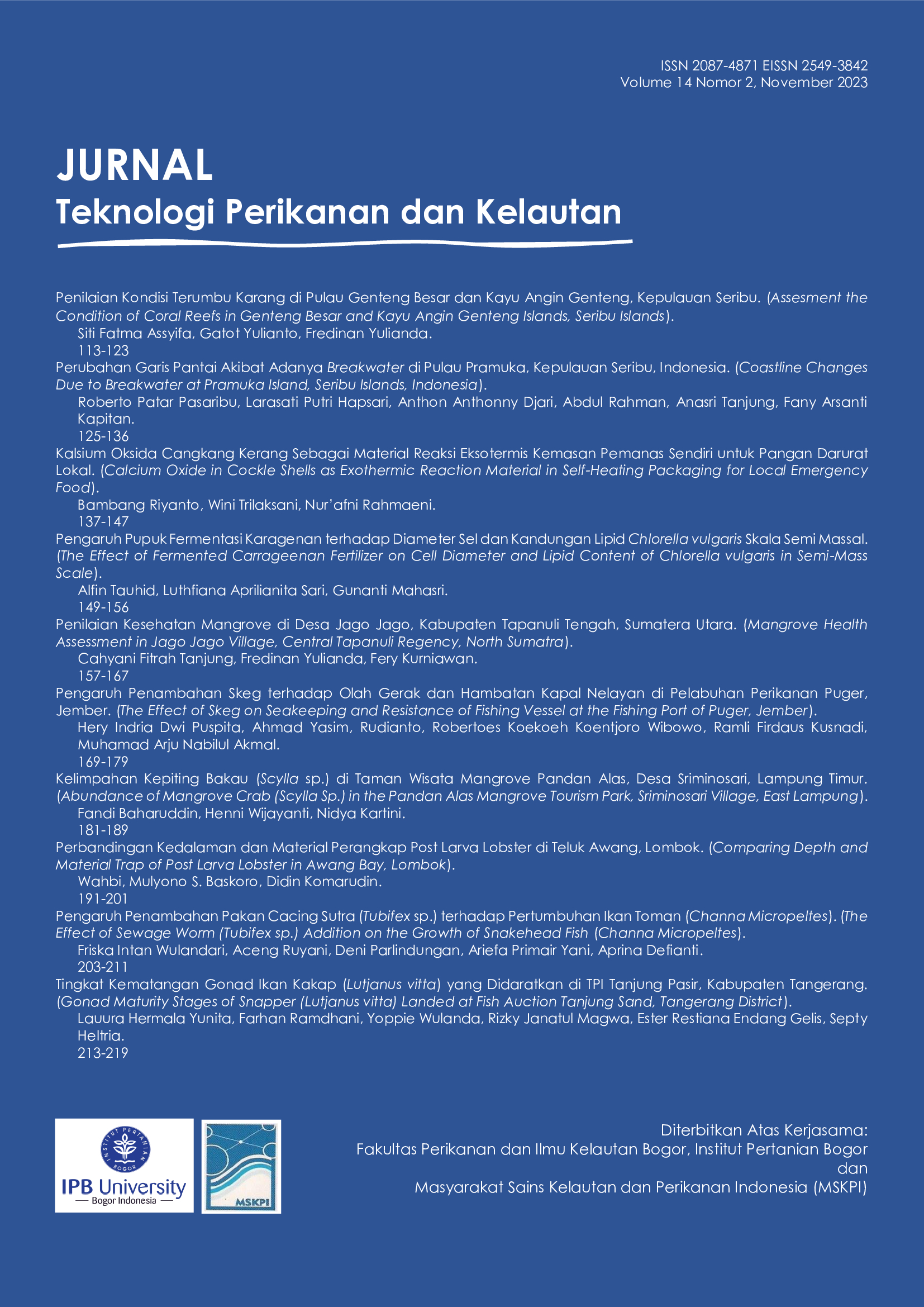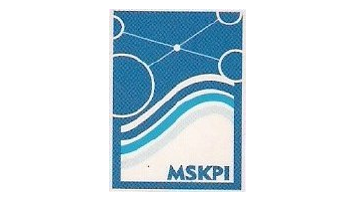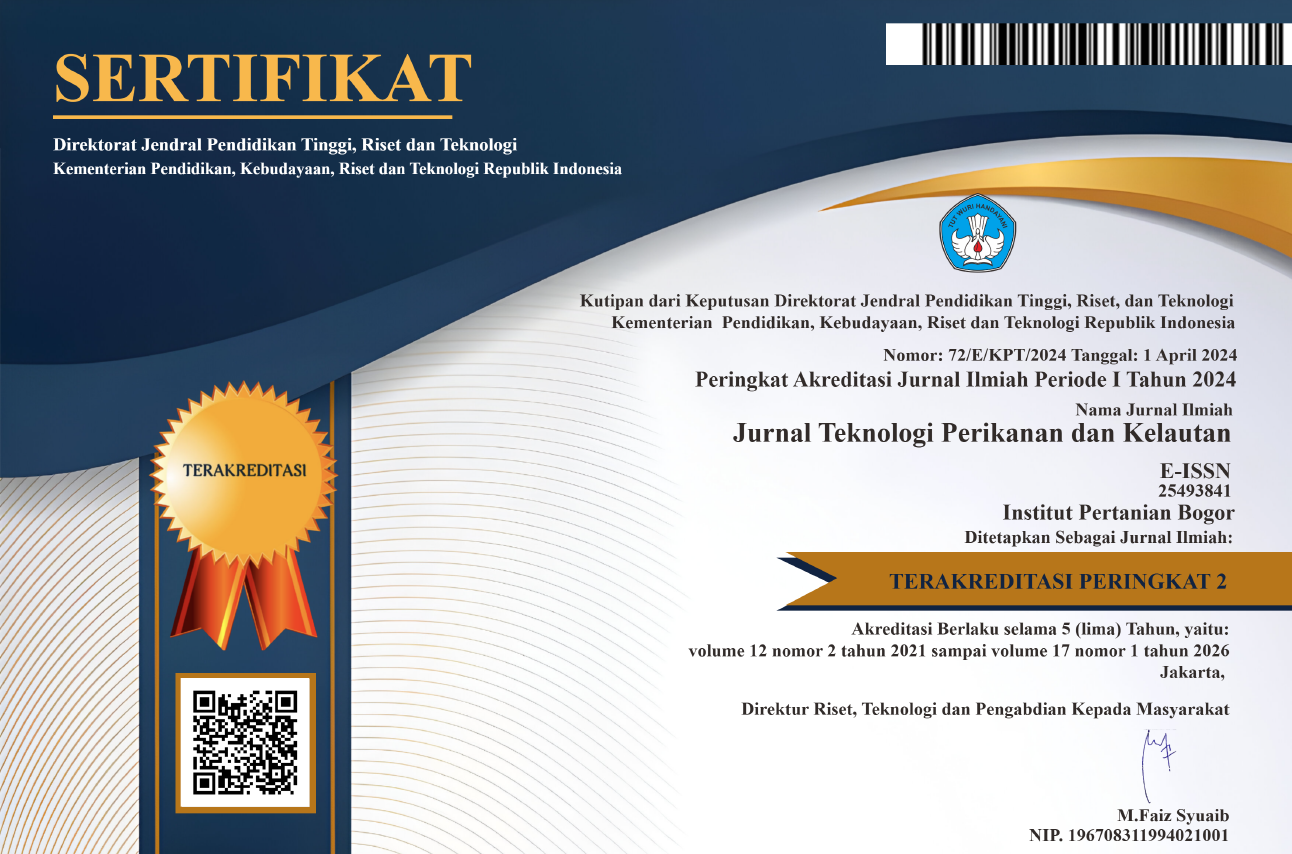KALSIUM OKSIDA CANGKANG KERANG SEBAGAI MATERIAL REAKSI EKSOTERMIS KEMASAN PEMANAS SENDIRI UNTUK PANGAN DARURAT LOKAL
Abstract
The concept of emergency food in Indonesia has not fully addressed nutritional adequacy and suitable food models, including the potential of local food. The development of self-heating packaging with an exothermic reaction in response to modern demands for convenience and hygiene has not been implemented yet. However, there is potential in using calcium oxide from shells as a promising source of exothermic heating material. This research aims to investigate the use of calcium oxide obtained from waste cockle shells as a reactant in self-heating packaging with an exothermic reaction for local emergency food, specifically bubbor paddas. The research involved several stages, including producing and determining the characteristics of bubbor paddas as a local emergency food based on daily intake, calcination calcium oxide from cockle shells, and designing and determining the characteristics of self-heating packaging with an exothermic reaction for local emergency food. Bubbor paddas, as a local emergency food model, has a serving size of 380 g and provides a daily intake of 510 kilocalories of energy. The calcium oxide obtained from cockle shells, through calcination at 900°C for 4 hours, exhibits crystallization with an energy change (enthalpy) of -312.20 J/g and -21.30 J/g, indicating heat release of an exothermic nature. Using a 1:2 ratio with water and with a pH value of 11.68±0.49, this self-heating packaging with an exothermic reaction was capable of producing 6.72 kilojoules of heat or heating bubbor paddas to a temperature of 28°C within a duration of 40 minutes to achieve temperature stability.
Copyright (c) 2023 Jurnal Teknologi Perikanan dan Kelautan

This work is licensed under a Creative Commons Attribution-NonCommercial 4.0 International License.





















